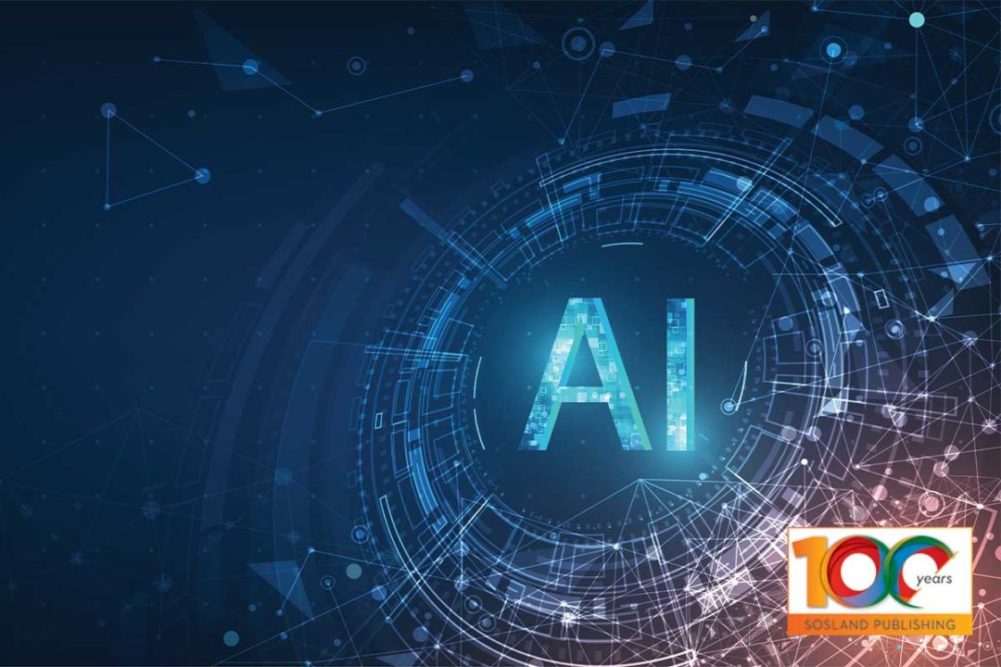Companies are using systems to tie in data from multiple production lines at multiple sites across the globe to help improve processes, said Jon Gilchrist, engineering manager at Sightline Process Control Inc., a KPM Analytics brand, which among other things provides vision systems for bakeries.
“We’ve seen deployments of these data systems where across the globe specific lines are being pulled into one data structure that’s presented for both decision-making and analysis purposes as well as just monitoring,” he said. “So being able to extract things like counts and common production issues from the data are a critical part of it.”
Collecting and analyzing data are enabling companies to make better decisions and identify causes of inconsistences that they otherwise would not have been able to identify, Mr. Gilchrist said.
“The real benefit is in that data, analyzing that and being able to identify where things are going wrong and solve those to actually reduce waste and increase your output,” he said. “That’s the critical side of it.”
The benefit of AI is to help bakeries break down copious complex data and make it useful, said Liran Akavia, co-founder and chief operating officer of Seebo, now part of Augury.
“Waste and quality are the two main challenges we see in particular that baked goods manufacturers want to address most urgently — and it’s here we see artificial intelligence providing major value,” he said. “These losses can take many forms: from overweight to size and shape inconsistencies, color variances, packaging errors and more. But the common thread is these losses are always due to inefficiencies within the production process itself, as opposed to asset-related issues, for example.”
Using AI in a bakery begins with defining business objectives, Mr. Akavia said. It’s the most critical phase because it allows all parties to focus on a concrete, measurable business goal, which is key to seeing the value of AI.
“I should emphasize that you don’t need to extract all possible data,” he said. “In fact, one important part of the adoption process is that our team guides the manufacturing team to extract precisely the data they need, which makes the time to benefit far quicker.”
Once implemented, the company’s algorithms learn the process and begin providing insights.
“Process experts gain the insights into why losses are happening and how to prevent them, and operators receive real-time alerts on when and how to act to prevent process inefficiencies and losses before they occur,” Mr. Akavia said.
As bakeries delve further into collecting data and sharing information, cybersecurity will be paramount.
“These sites have a duty to their own company and to their clients to maintain data security,” Mr. Gilchrist said. “That often means working with established processes or establishing new processes to deal with some of the changing requirements that come with integrating such a large data pool. … We’re seeing that enhanced push to get these pieces of equipment on the network, have access to them both from external and internal resources, and that definitely takes a lot of careful planning and consideration.”
He suggested that bakeries concerned about security partner with their suppliers as they have likely helped others with similar issues.
“The more we can align as an industry on solutions and adopt shared practices, I think that’s the best path forward and makes life easier for everybody,” Mr. Gilchrist said.
As companies set ambitious goals for sustainability, increased output and efficiency, they have many tools to help them improve their companies while helping employees and the planet. They just need to decide what they want their bakery of the future to look like.

